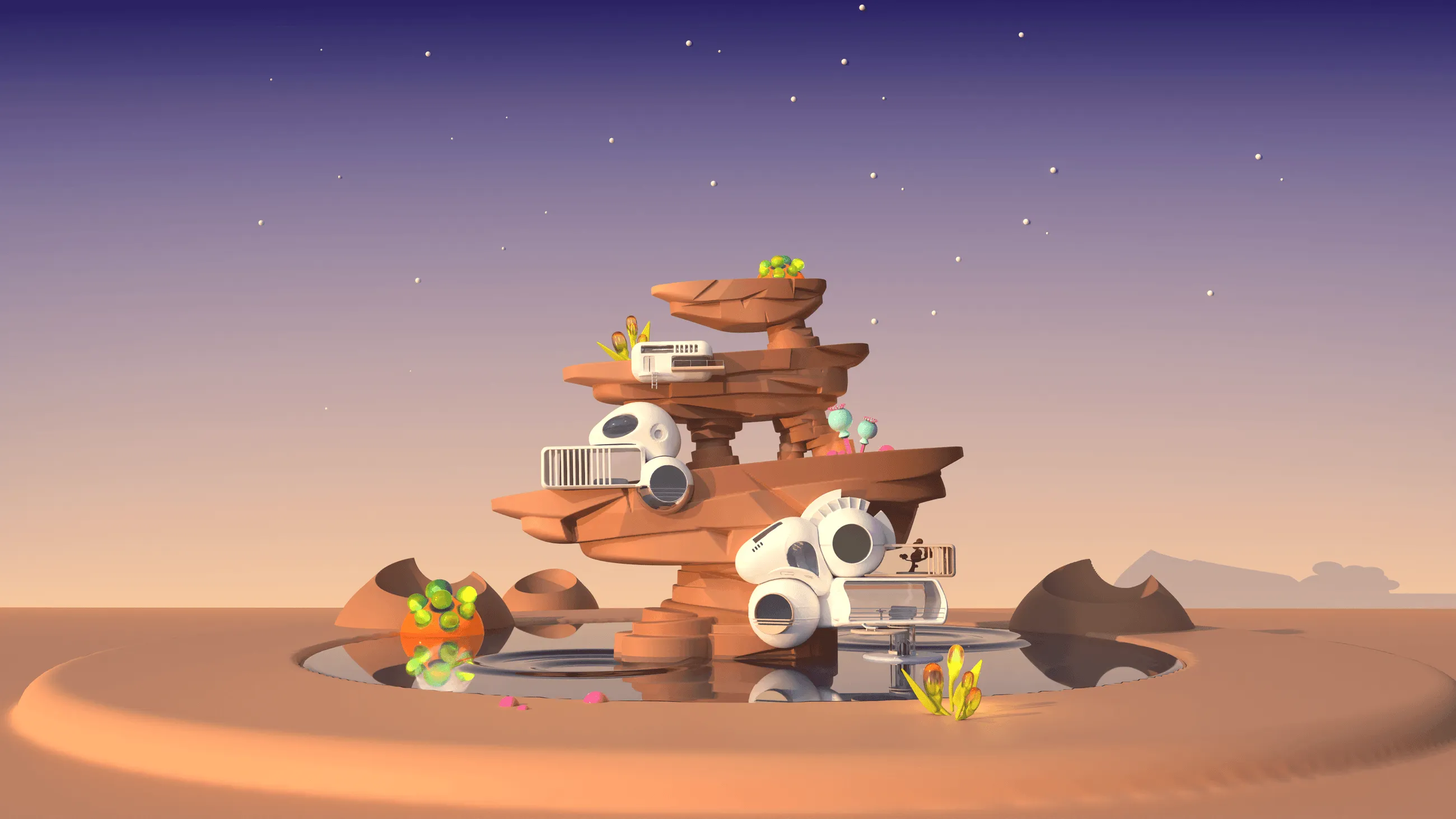
Gone are the days when art was confined to canvas and sculpture, for the digital age has ushered in a transformation that dares to defy conventions. With the rise of technology, artists have embraced digital mediums, birthing a revolution that surpasses the limits of imagination. From the ethereal strokes of a digital paintbrush to the three-dimensional realms of sculpted light, art has evolved, reinvented itself, and taken flight into uncharted realms.
Within this vast canvas of exploration, digital art forms take center stage, offering artists an entire palette of hues and textures to paint their visions upon. Digital painting, with its virtual brushes and infinite possibilities, ignites a spark of creative freedom. 3D modeling emerges as a gateway to sculpting dreams, breathing life into ethereal beings and fantastical landscapes that defy the boundaries of our physical realm. And in the realm of virtual reality (VR) art, where the line between illusion and reality blurs, viewers become active participants, stepping into immersive worlds that challenge perception and awaken new senses. Augmented reality (AR) is a portal where the tangible and the intangible merge. AR breathes life into static canvases, turning them into gateways to alternate dimensions.
Art has experienced a remarkable evolution in the digital age. With the rise of technology, artists have embraced digital mediums to explore new frontiers of creativity. The transition from traditional to digital art forms has allowed artists to break free from the constraints of physical materials. Digital tools and software have opened up a world of possibilities, enabling artists to experiment with color, texture, and composition in ways previously unimaginable. Through digital platforms and online communities, artists can now share their work with a global audience, fostering collaboration and inspiration on an unprecedented scale.
Digital Art Forms:
Here are some types of digital art forms that have emerged at the intersection of technology and art:
If you are a beginner to 3D, Womp 3D can be an easy digital tool to get started!
Augmented Reality (AR) and Art:
Augmented reality has opened up exciting possibilities for artists to enhance the traditional art-viewing experience. By overlaying digital content onto the physical world, AR technology allows art to come alive and engage viewers in interactive ways. Artists can create AR exhibitions where visitors can use their smartphones or AR devices to unlock hidden layers of information, animations, or even virtual sculptures. Street art can be transformed with AR, enabling viewers to see animated murals or participate in location-based digital art installations. Augmented reality bridges the gap between the real and the digital, enriching the artistic experience and inviting viewers to become active participants.
The Impact of Artificial Intelligence (AI) on Art:
Artificial intelligence has made significant strides in the world of art, pushing the boundaries of creativity and challenging our perceptions of authorship. AI algorithms can generate original artworks, imitate the styles of renowned artists, and even collaborate with human artists. This technology opens up new avenues for exploration and experimentation, as artists can leverage AI as a source of inspiration, assistance, or even a co-creator. Machine learning algorithms can analyze vast amounts of data to identify patterns, trends, and insights that can inform artistic decisions. The fusion of human creativity and AI intelligence is shaping a new era of artistic expression.
Read more about the intersection of AI and art in this article we wrote recently.
Digital Storytelling:
Technology has revolutionized storytelling, providing artists with innovative tools and mediums to captivate audiences. Digital media, animation, motion graphics, and interactive storytelling techniques have expanded the possibilities of narrative expression. Artists can now create dynamic and engaging stories that unfold across various digital platforms, captivating viewers with rich visuals, soundscapes, and interactivity. Interactive storytelling allows users to actively participate in the narrative, making choices that shape the outcome and immersing themselves in the story world. From animated short films to interactive web experiences, digital storytelling pushes the boundaries of traditional narrative structures and invites viewers to become active participants in the creative process.
The Future of Art and Technology:
The intersection of art and technology holds immense potential for the future. Emerging technologies continue to shape the artistic landscape, offering exciting possibilities for creators and viewers alike. Virtual reality is evolving, allowing for more immersive and realistic experiences that blur the lines between the physical and digital worlds. Artificial intelligence will continue to advance, enabling even deeper collaborations between human artists and intelligent machines. Mixed reality, which combines elements of virtual and augmented reality, is poised to offer entirely new dimensions of artistic expression. Additionally, the integration of technology into traditional art forms, such as sculpture and painting, opens up avenues for innovation and experimentation. As technology continues to evolve, so too will the possibilities for artistic exploration, creating a future where the boundaries of creativity are continuously expanded.
The intersection of technology and art has ushered in a digital renaissance, transforming the way we create, experience, and appreciate artistic works. From the evolution of art in the digital age to the impact of artificial intelligence, augmented reality, digital storytelling, and the promise of future technologies, we have explored a wide range of topics that highlight the exciting fusion of technology and art. This convergence offers artists new tools, mediums, and platforms to express their creativity and engage with audiences in innovative ways. As we embrace the digital revolution, let us celebrate the endless possibilities that arise when technology and art come together, inspiring us to push the boundaries of imagination and creativity.